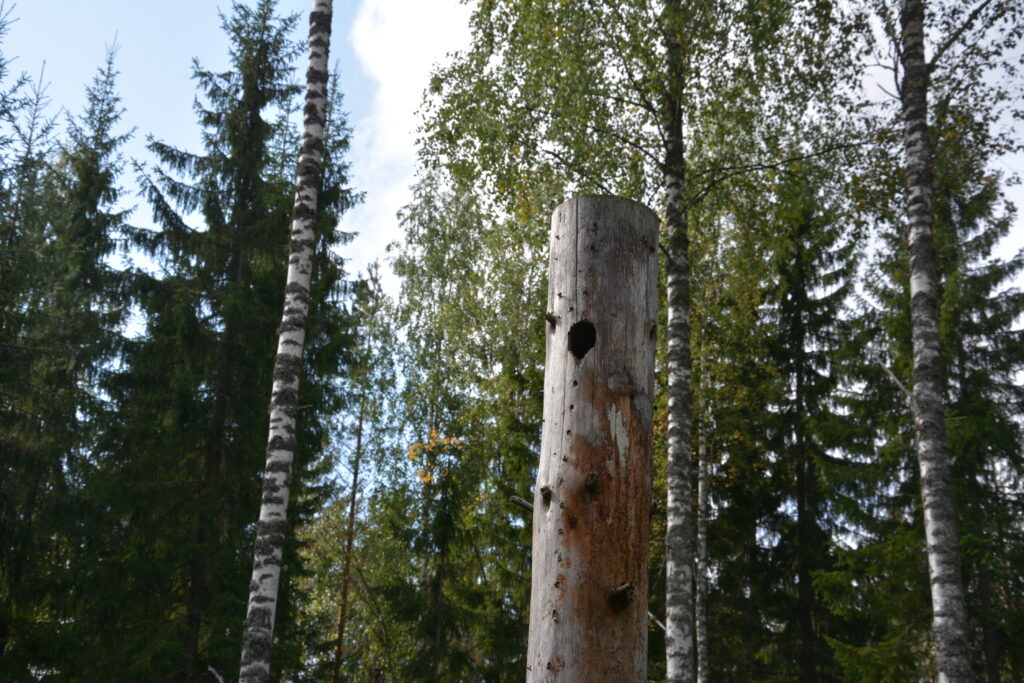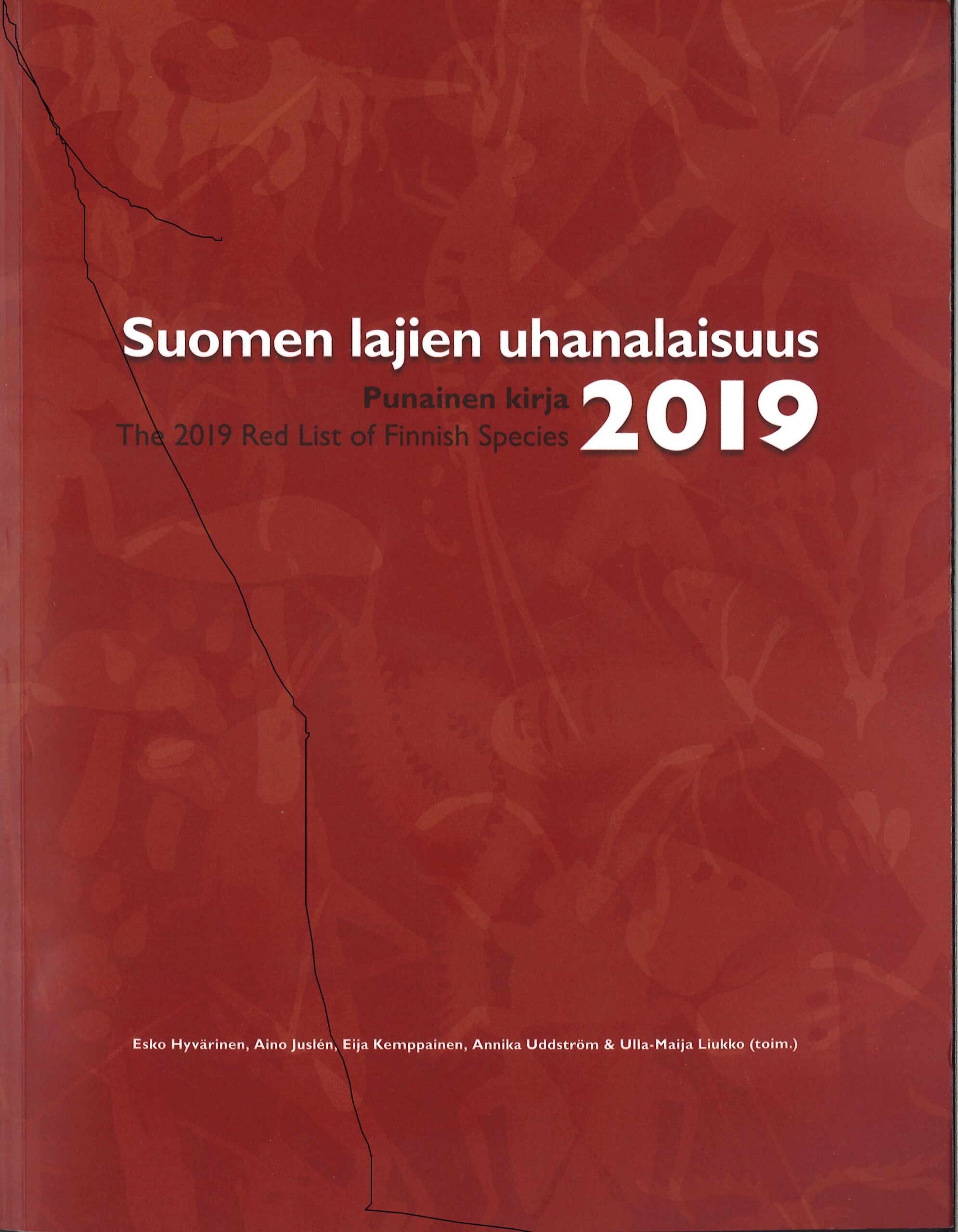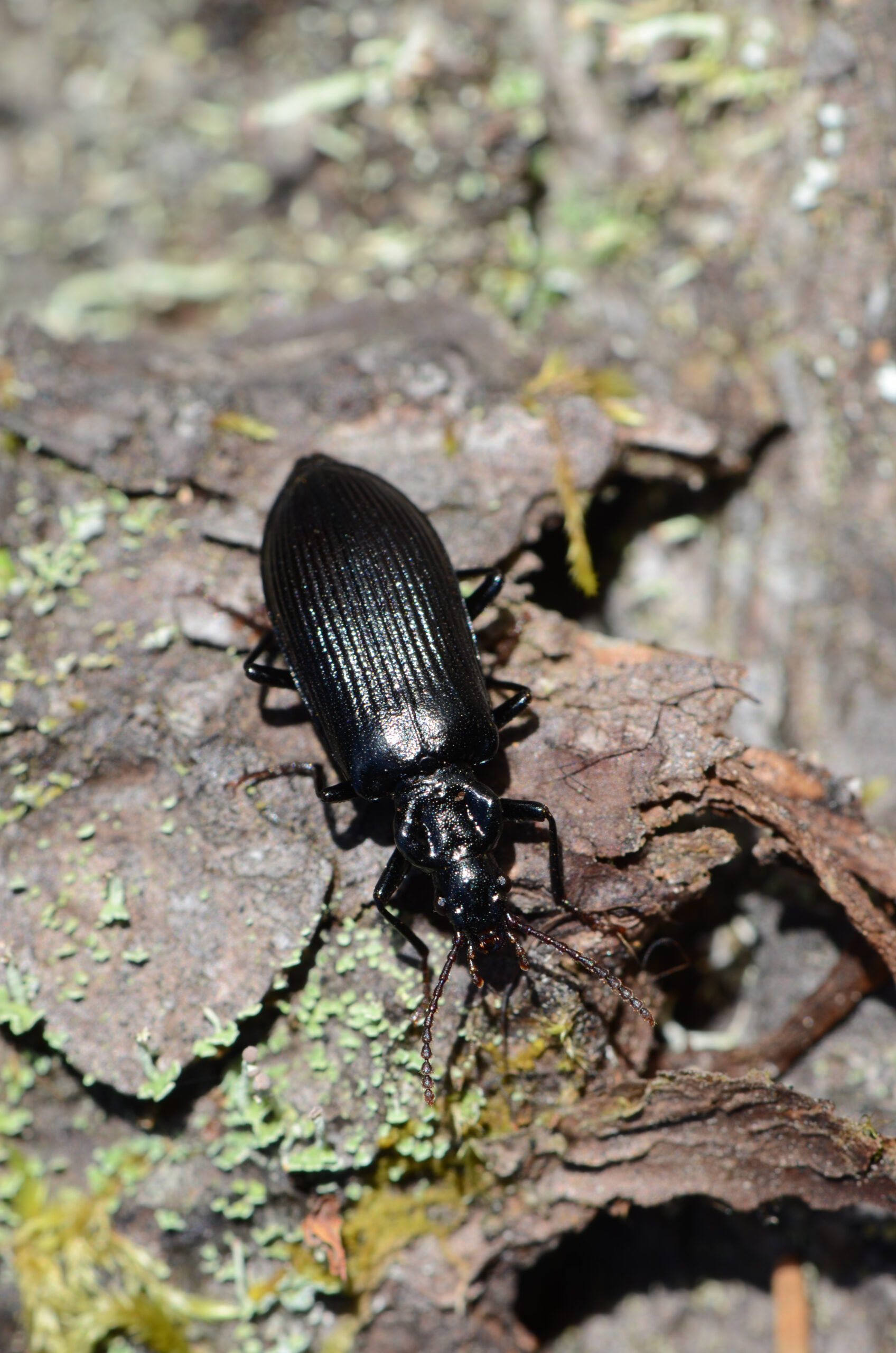Share of endangered species of forest species remains the same – tens of species have benefited from forest nature management

Forest nature management efforts have not been in vain, as is shown by a fresh assessment of endangered species in Finland. Endangered species on forest habitats are coping better than those in other habitats, and the problem of forest endangeredness focuses on very small areas.
According to the 2019 Red List of Finnish Species, a total of 48,000 species live in Finland. Of them, it has been possible to assess the endangeredness of 22,400 species.
If endangeredness is assessed on the basis of the share of endangered species out of all species assessed, the state of endangeredness has declined: in the 2010 assessment, that share was 10.5 percent as against 11.9 in 2019. Judged on this parameter, the decline does not, however, affect forest species: their share in 2010 was nine percent, the same as it is now.
In terms of geography, the greatest numbers of endangered species are found in southern Finland and in terms of habitats, in forests. ’This is because in general, there are more species in the south than in the north. Similarly, there are more forests and forest species than species of other habitats in Finland,’ said Ulla-Maija Liukko, Senior Research Scientist at a seminar marking the publication of the Red List in Helsinki last week.
Overall, endangeredness of forest species remains the same
The development of endangeredness can also be assessed on the basis of how many species have moved from one endangeredness category to another. As for forest species, the number of species moving in a negative direction was 142, and in a positive direction 113. Even this ratio is better in forests than in other ecosystems: the total number of negative changes was 463 and of positive ones 261.
The share of endangered forest species of all endangered species has decreased by five percentage points. One factor explaining this is that endangeredness has increased especially in alpine habitats in the north of Finland, due to climate change.
The overall change in endangeredness is described by a special index. For forest species, the index remains practically the same as in 2010, having weakened by 0.2 percent.
The most important cause of endangeredness of forest species is forestry activity. Yet there are other reasons as well, such as hunting and the natural rarity of a species.

Forest nature management has improved matters
Of the endangered forest species, 34 percent live in old forests, and 45 percent in herb-rich forests. However, the share of herb-rich forests of all forests in Finland is only 1–2 percent. Nine percent of endangered forest species live on eskers, whose share of the total forest area is also very small.
The endangeredness of species in herb-rich forests is largely due to the small area of such forests. This, in turn, is due to them having been converted to agricultural fields. This fact is not, however, indicated in the Red List, which does not recognize agriculture as a cause of forest endangeredness.
Strict protection is ineffective in mitigating endangeredness in herb-rich forests and eskers. This is because it allows spruce to oust other tree species in herb-rich forests, while in eskers it leads to a closed forest, both of which are harmful to endangered species living in these habitats.
’We only have a meagre grasp of how to safeguard biodiversity in herb-rich forests in Finland. What we do know is that it should be carefully planned,’ says Timo Lehesvirta, Director at the forest industry company UPM and responsible for sustainability in the company’s forests.
’If, for example, we want to have a herb-rich forest with certain plants dependent on spruce, we cannot also have some other plants dependent on broadleaves. So we must opt for one or the hotter,’ says Lehesvirta.
The Red List also reveals that active nature management efforts in forests have been beneficial. Thanks to them, it has been possible to remove as many as 30 species out from the categories of endangeredness.

Red List is not a protection guideline
Taken as a whole, endangeredness continues to increase in Finland. One of the aims of the Red List is to provide data for designing measures to mitigate endangeredness.
However, regarding the Red List as a straightforward list of species to be protected may be to interpret its purpose wrongly. ’The Red List should not be considered a direct guideline for planning protection measures,’ said Esko Hyvärinen, Environment Counsellor at the Finnish Ministry of the Environment and leader of the Red List project.
A good example is a comparison of two species of bird, the willow tit (Poecile montanus) and the white-backed woodpecker (Dendrocopos leucotos).
The white-backed woodpecker is classified as vulnerable in the Red List. There have been strong efforts to protect it, also in connection of forestry operations, yet only 200 nesting couples are found in Finland.
On the other hand, the willow tit was moved from the ‘near-threatened’ category to the ‘endangered’ category because its population has decreased drastically in the 2000s, by as much as 40 percent. Nevertheless, the population of willow tit in Finland is over 500,000 at least.
’This being so, ought we to focus exclusively on protecting the willow tit because of its categorisation as endangered, and let the white-backed woodpecker manage on its own? I don’t think so,’ says Lehesvirta.
Thus, the criteria of Red List may classify general species as endangered. ‘ This creates a base to prioritize follow-up and protection in an appropriate way. Thus, beneficial use of the Red List means cooperation between various stakeholdesr,’ says Lehesvirta.
‘Follow-up should be continuous’
The measures proposed by the researchers for improving the endangeredness situation are not novel. They want to increase the funding of the Metso forest biodiversity programme and consider that endangered species should be monitored continuously.
In the seminar last week Leif Schulman, Professor and Director of the Finnish Museum of Natural History, reiterated the objective of the Finnish Government that Finns should be world leaders in awareness of the significance of nature. According to Schulman, this must mean that we are also world leaders in how much we know of nature.
Schulman went on to say that the Red List, for example, is still only an assessment. ’Without wishing to underrate it in any way, we need continuous follow-up data about endangeredness. We cannot be content with checking the situation once every ten years,’ said Schulman.
The latest Red List is the most comprehensive of its kind on a global scale. Nowhere else has endangeredness been assessed as thoroughly. Highly comprehensive assessments are also being prepared in Sweden and Norway.
Compiling the list took almost four years. All in all, 170 specialists and numerous voluntary birdwatchers, nature conservationists, hunters and others participated in the work.
Change in text 12.3.2019: The sentence ‘Thanks to them, it has been possible to remove as many as 30 species to another category in positive direction’ was replaced by this: ‘Thanks to them, it has been possible to remove as many as 30 species out from the categories of endangeredness.’
The Red List of Finnish Species 2019 on the website of Finnish environmental authorities

Kirjoita kommentti